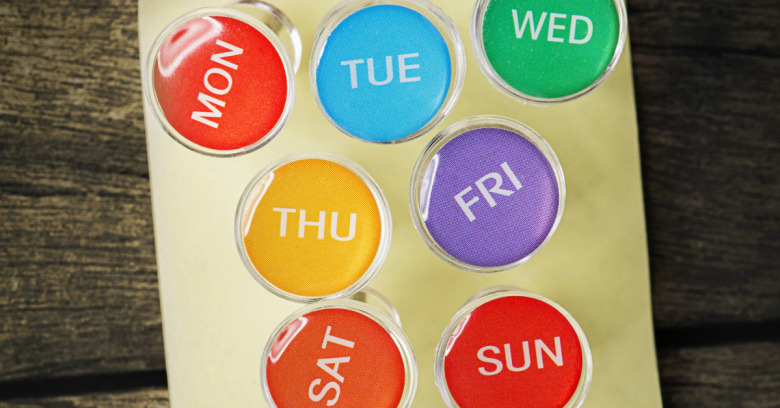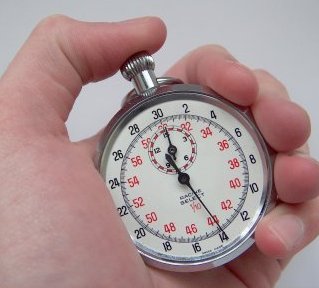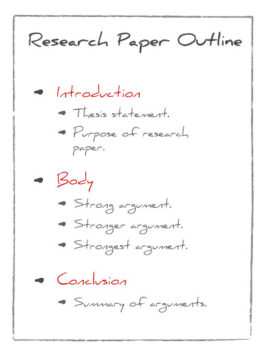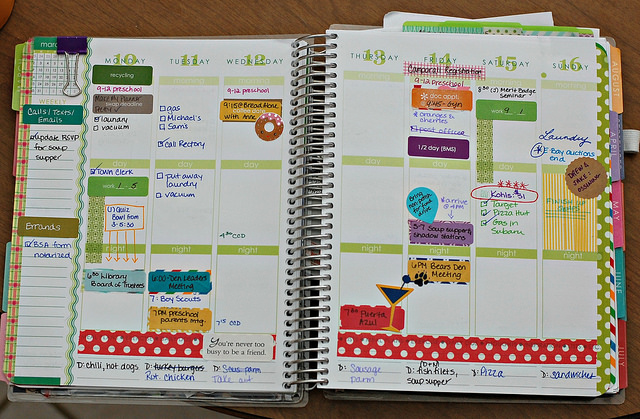
Why is consistency so important?
The final habit in our series on the skills and habits of successful students is consistency. Successful students work in a steady fashion with consistent effort over the course of each week and each semester. When characterizing the students who succeed in class and in their personal and social lives, those who make life easy for themselves are the happiest and most productive. Students who operate in a bipolar fashion create horrible stress in their lives. When you move from one pole of doing nothing over days and weeks to the other pole of intensive deadline efforts and late nights, you are working in the worst way possible.
The students that procrastinate and use avoidant behaviors are almost always filled with anxiety, even when engaged in distractions like Netflix, videogames, and social media. Further, they are often sleep deprived and less efficient because they will stay up late to meet a deadline or catch up on missed work. For the next day or two, these students will be zombies who can hardly think straight and have no energy for completing the next set of tasks.
Consistency of effort breeds success. Want to lose weight? Get to the gym 3 times per week. Want to learn a foreign language? Practice for 45 minutes each day. At school, the slow and steady tortoise always wins the race.
In college, those students who keep pace with steady work each week, find that they can easily maintain strong grades with 10-15 hours of studying each week. This kind of workload is reasonable for even the busiest college students. Take a look at this post for a look at how a highly engaged and committed student spends his week.
College students need not work more than 10-15 hours per week, except in STEM majors
Engineering and other STEM majors like computer science typically have no choice but to put in consistent effort on a nightly basis. The amount of required work (20-30 hours or more) and the intellectual demands of their majors is simply too heavy to put aside for more than a night or two. STEM majors will get too far behind without consistent effort. This is the primary reason why 50% of first-year STEM majors will end up in another major.
Most college students are significantly behind the pace required by their classes. Thus, they find that they are not well-prepared for exams and will usually rush through the efforts of writing a research paper so as to meet deadlines. The all or nothing habit, where you take weeks off from studying then work like a dog as deadlines approach, is the worst way to operate as a student.The stress and anxiety of last minute work minimizes the quality and effectiveness of such work.
When college students read and take notes, attend lectures, and break down projects into realistic and achievable small tasks, the work is easy. Somehow, this message has not gotten through to most college students. The all or nothing efforts of cramming, waiting to the last minute, and procrastinating do not lead to good results in class nor high levels of well-being.
High school students make work more difficult than need be
In high school, nearly any student could be successful with a steady effort over the week. In most cases, there just is not that much work to complete in order to be a solid B+/A- minus student, even in AP and IB courses. Yes, there are schools that are famous for piling on the work (Awty and St. Johns, locally). Even at such highly demanding high schools, most students have no more than 10 to 12 hours of homework, reading, and preparation each week.
 It is the expansion of moderately challenging work from 10 to 20 or more hours each week (remember Parkinson’s Law!) because of poor planning, distraction, and resistance, that leads to the late nights and rushed last minute efforts. Suddenly, you are not only completing this week’s assigned workload, but also last week’s as well because you avoided the necessary work. Then you don’t get enough sleep and tomorrow’s efforts become less efficient or get thrown out the window. The vicious cycle continues on and on.
It is the expansion of moderately challenging work from 10 to 20 or more hours each week (remember Parkinson’s Law!) because of poor planning, distraction, and resistance, that leads to the late nights and rushed last minute efforts. Suddenly, you are not only completing this week’s assigned workload, but also last week’s as well because you avoided the necessary work. Then you don’t get enough sleep and tomorrow’s efforts become less efficient or get thrown out the window. The vicious cycle continues on and on.
With consistent work each day and across the week, even the busiest high school students at highly demanding schools can achieve solid grades. Twelve hours of high school homework and preparation can be completed with plenty of time for engaging interests and relaxation with friends, if students would use minimal time-management strategies and work consistently from week to week. Take a look at this post for examples of the life and school habits and plans of very engaged and successful high schoolers.
Happy students are well-rested and prepared
Want to have a happier and more productive life? Then you need to start managing your time so that you may work consistently. Work a little bit each day. Remember our friend the tortoise. Start small, shoot for 1 or 2 study sessions  of 45 minutes for each day of the first week of your new habit. Try to keep that pace and add an extra session or two during the next week. Are you able to complete all of your schoolwork and preparation? You will find that doing so is not all that difficult and will not make your life devoid of pleasure. If after one month, you find that your new habit of consistency can be added to, then do so. Take time for a self-check, are you feeling better and producing stronger grades?
of 45 minutes for each day of the first week of your new habit. Try to keep that pace and add an extra session or two during the next week. Are you able to complete all of your schoolwork and preparation? You will find that doing so is not all that difficult and will not make your life devoid of pleasure. If after one month, you find that your new habit of consistency can be added to, then do so. Take time for a self-check, are you feeling better and producing stronger grades?
Cramming and last minute efforts lead to unhappiness and poor results. Your anxiety will naturally rise when you are not well-rested and well-prepared for tests and projects. High school and college work is not overly demanding in most cases! The work simply requires consistent efforts over time. Such small consistent and daily efforts add up to exponential increases in well-being and academic performance over the course of time.


























